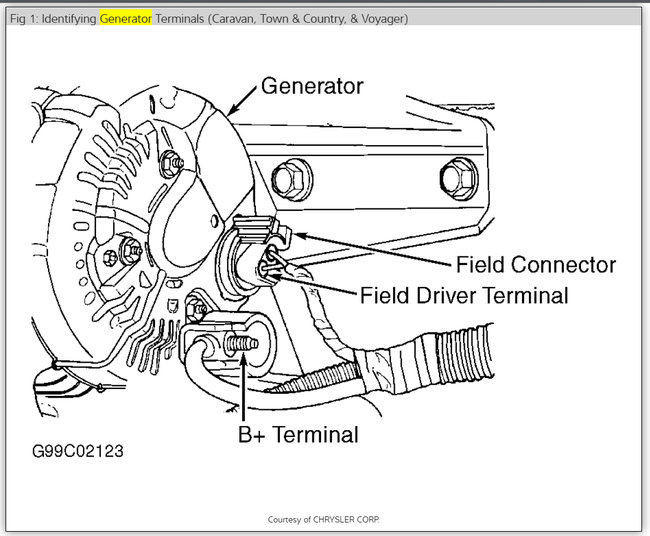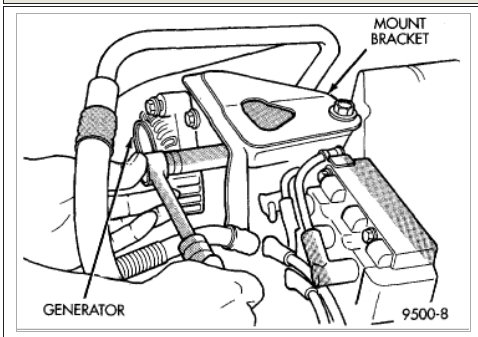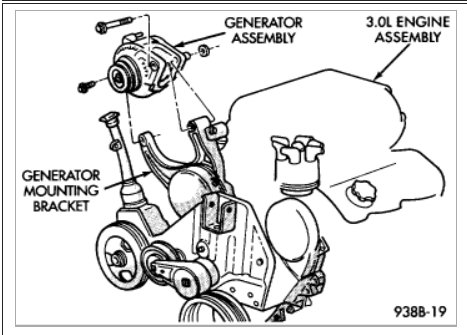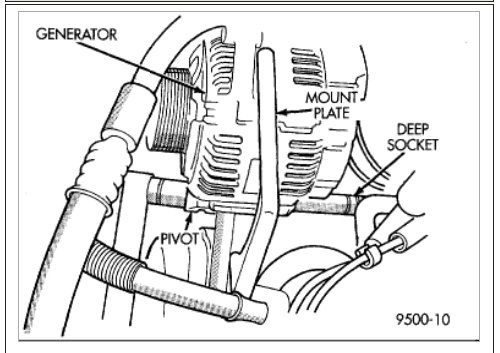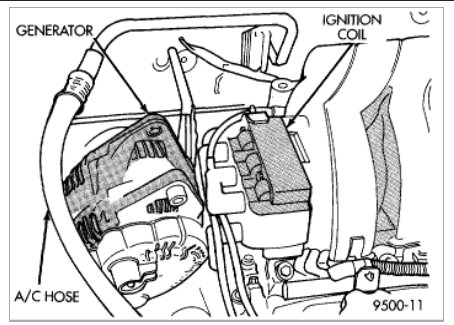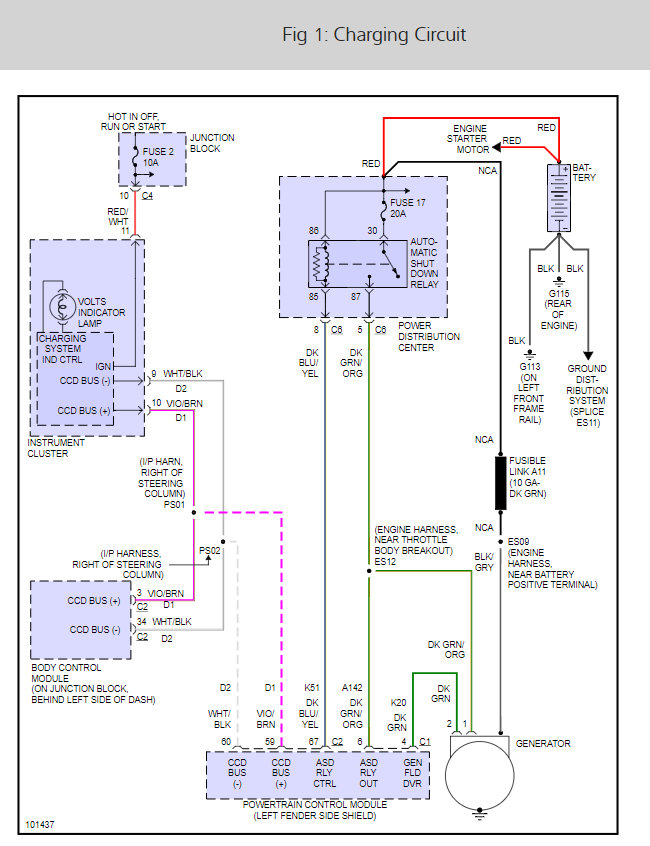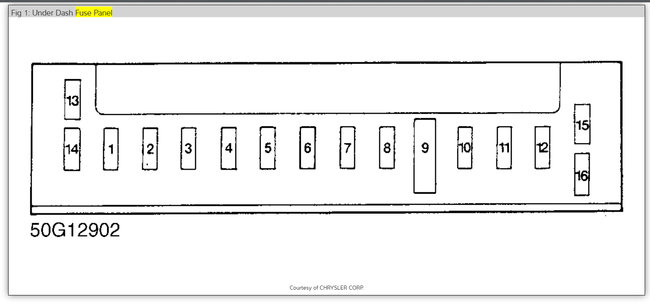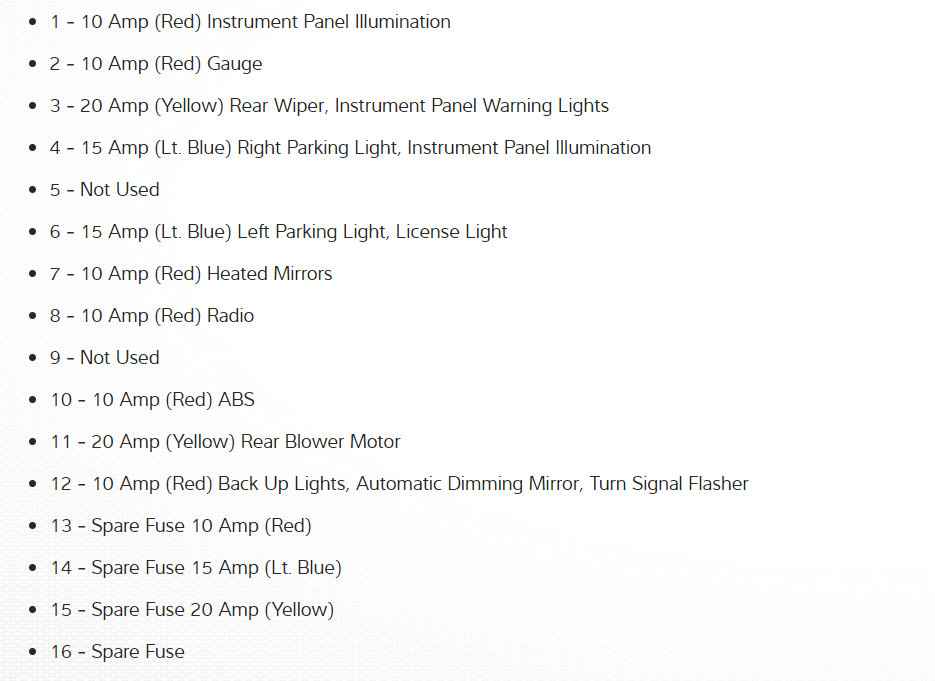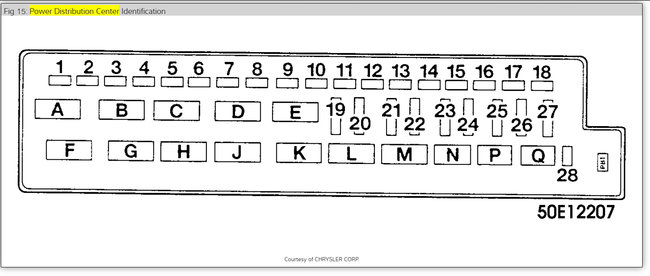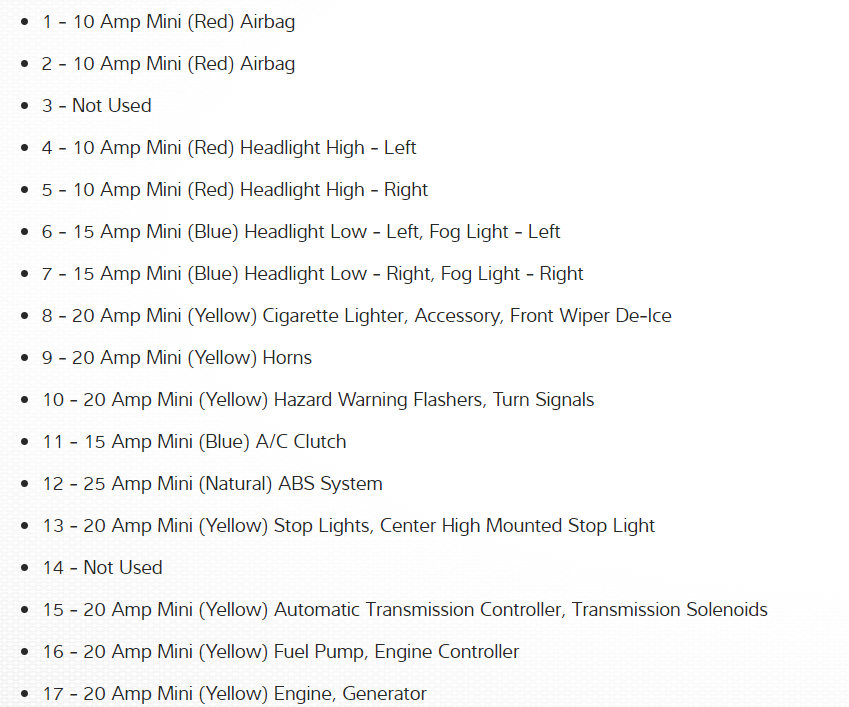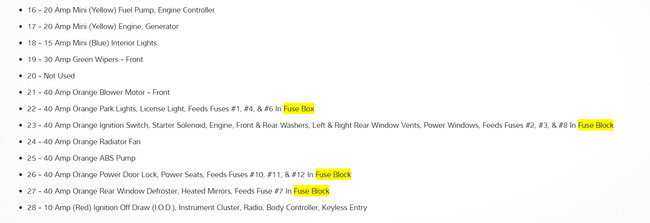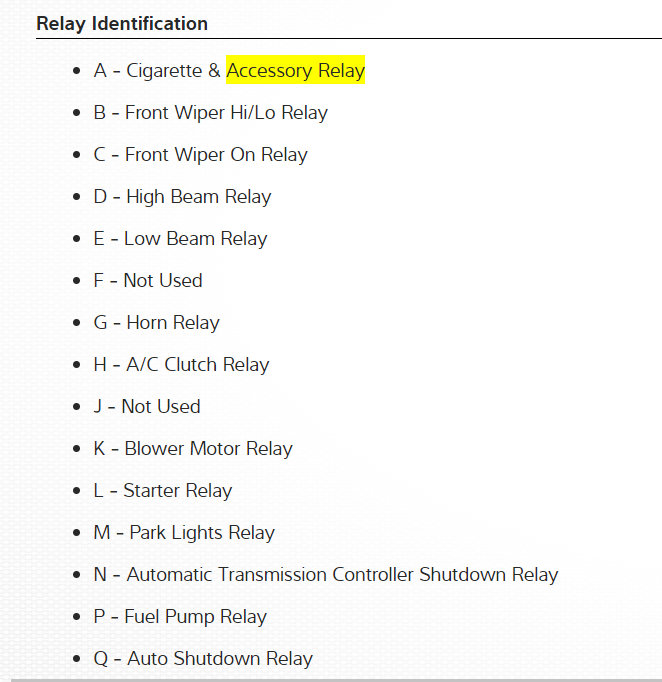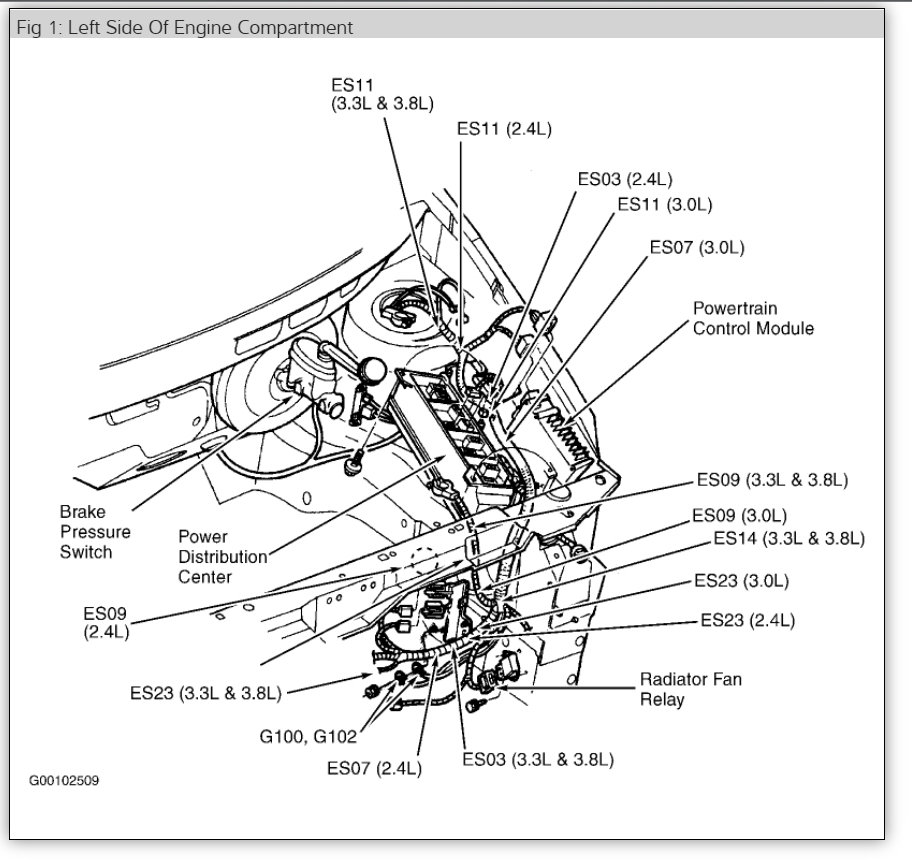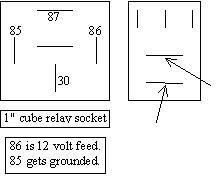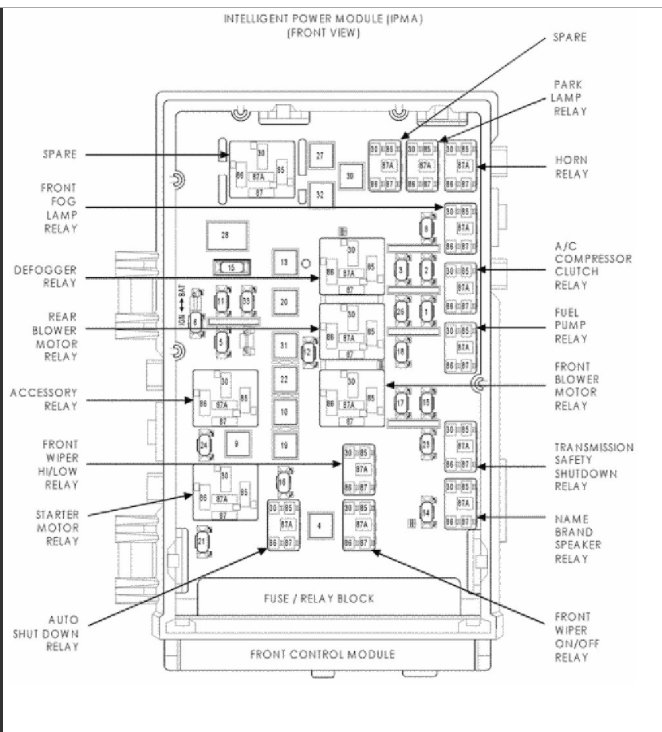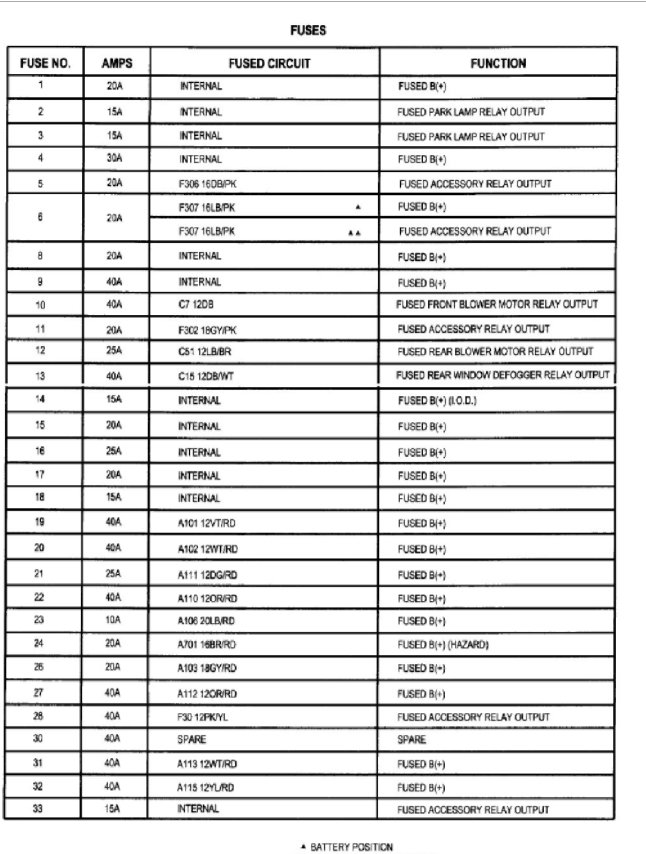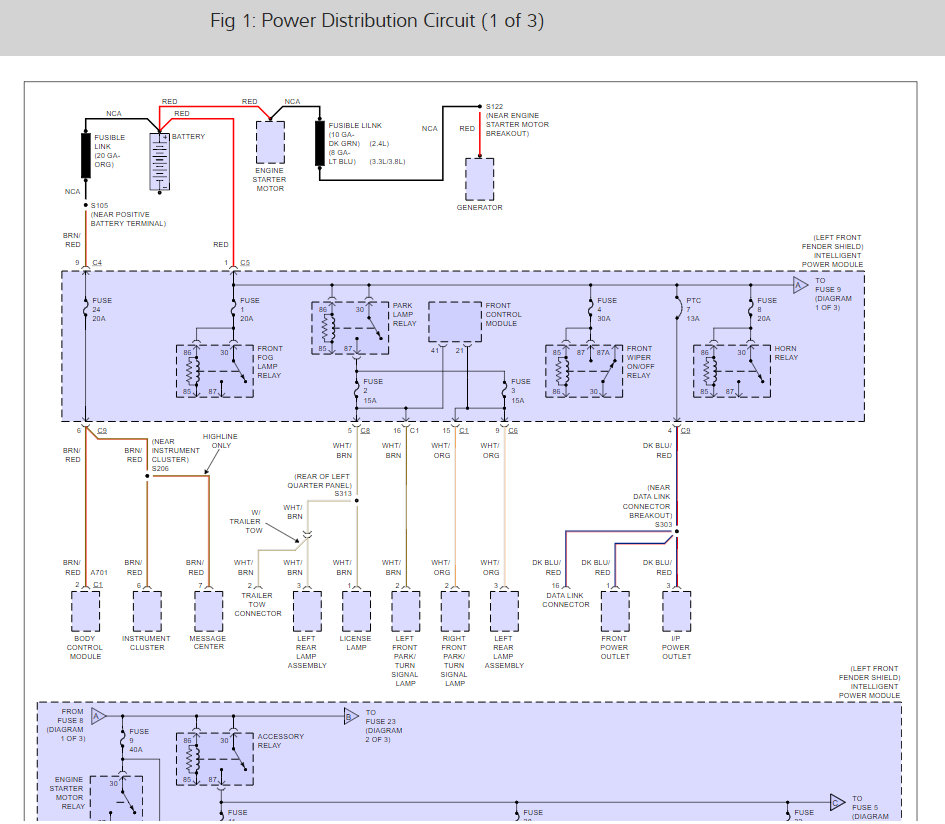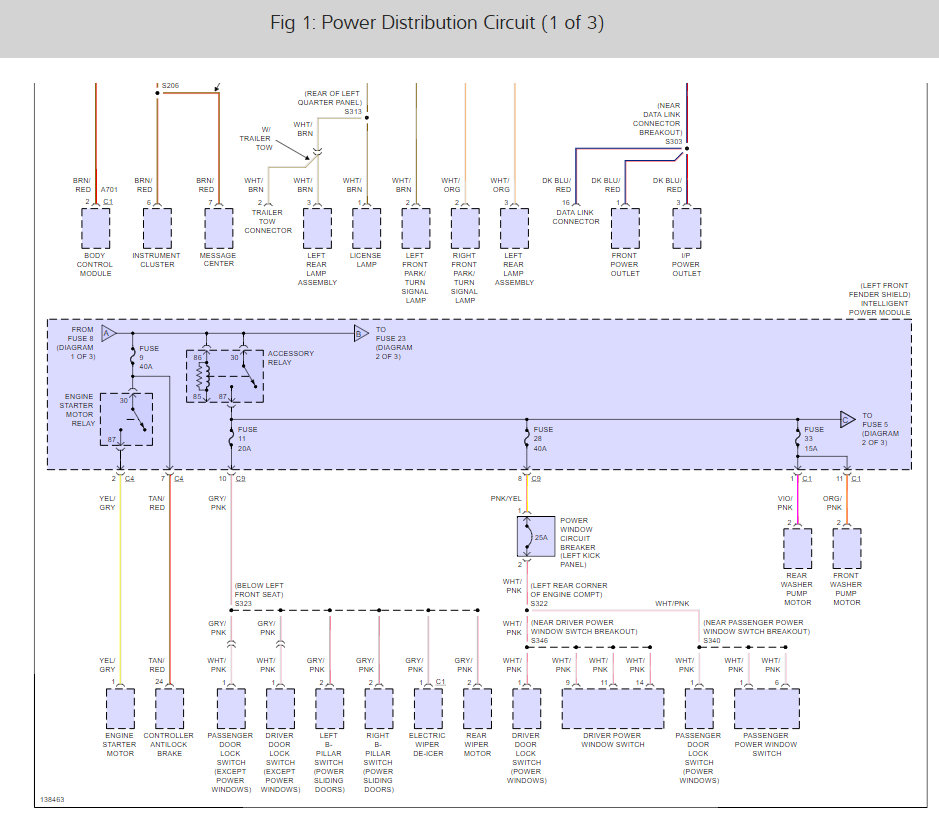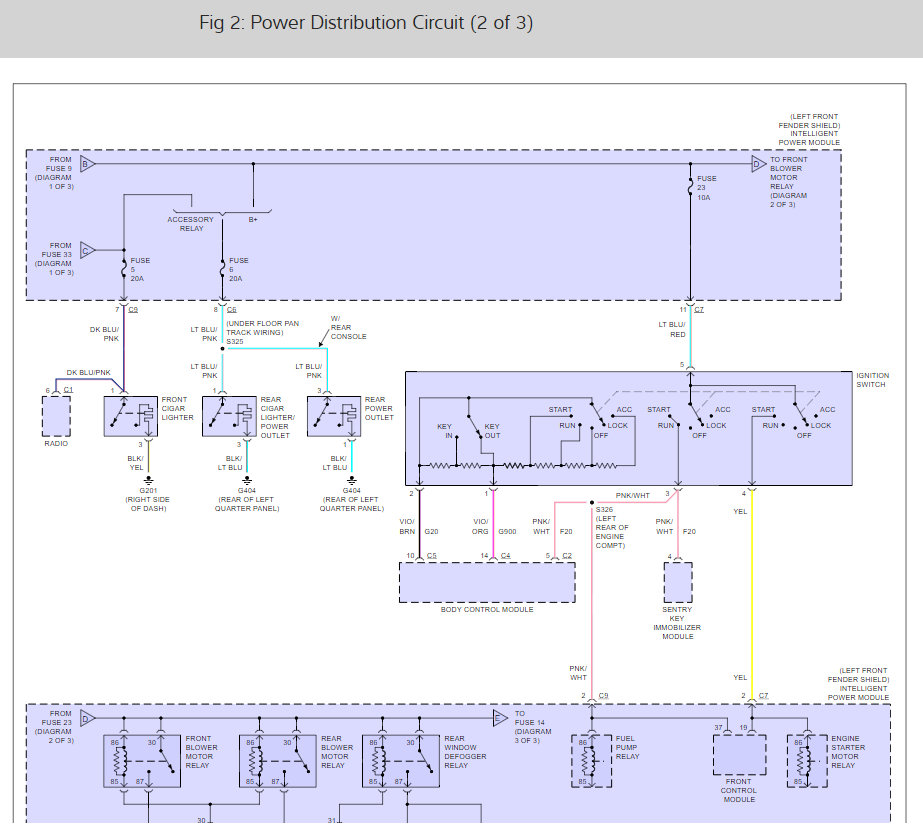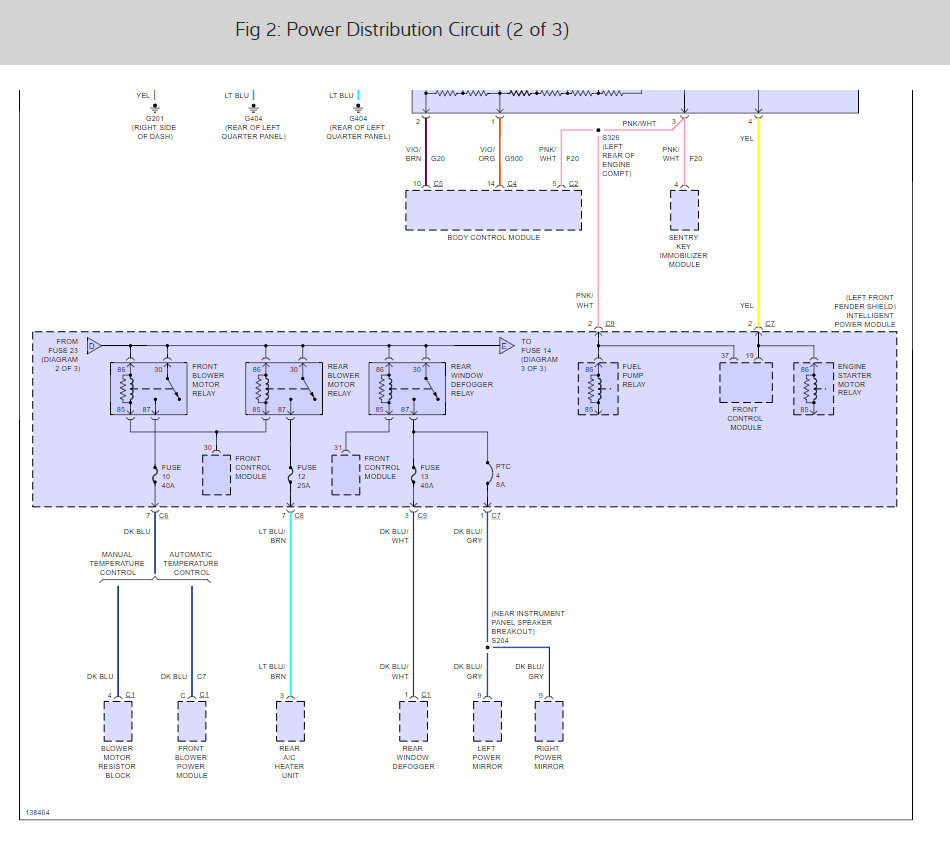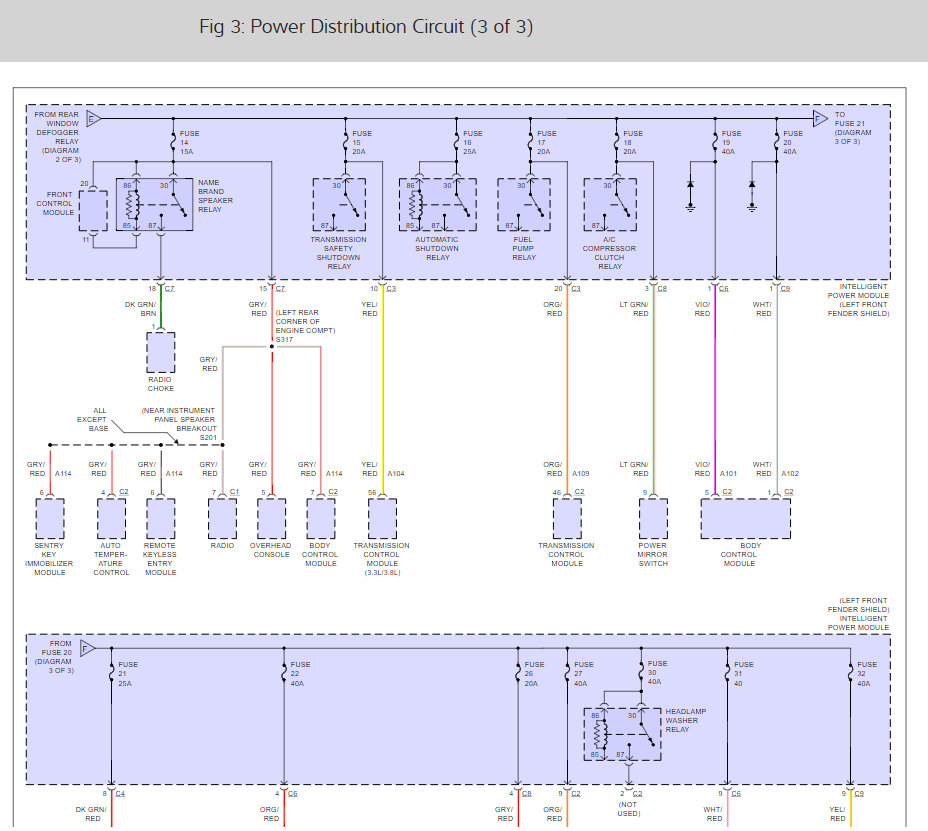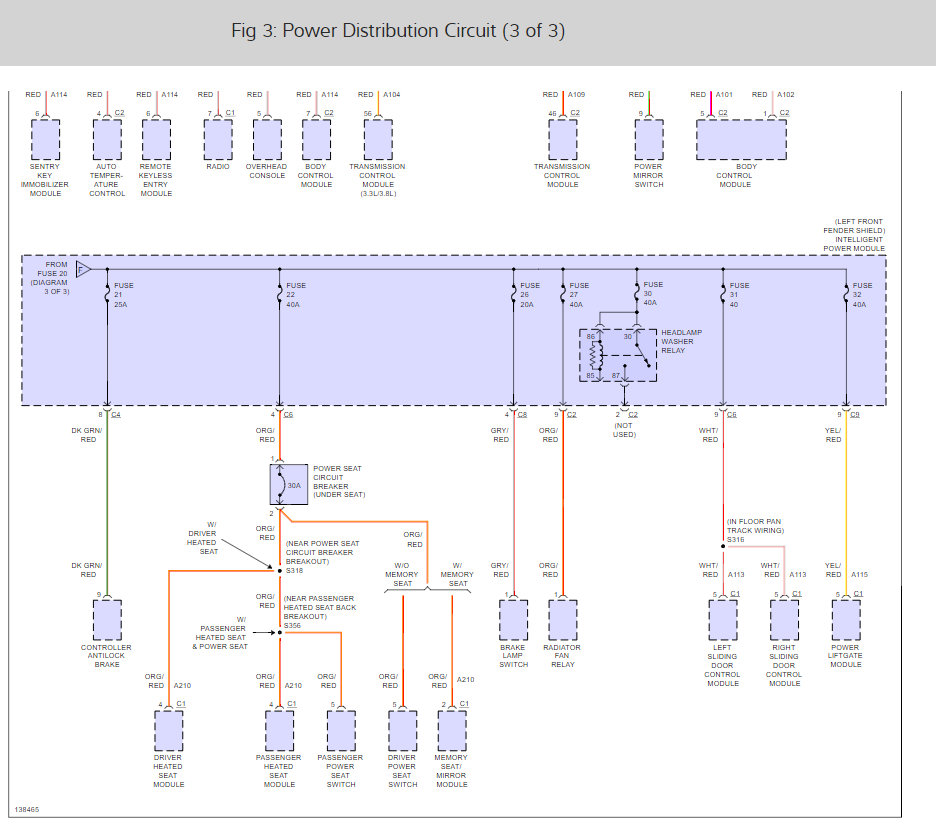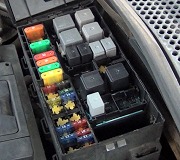The alternator went out on my Dad's 99 Caravan. After driving it around for a 2 days he finally brought it to me to replace the alternator, after replacing the alternator and charging the battery on trickle charge for 12 hours he was good to go or so I thought. He went 4 blocks and the engine fuse blew, I replaced it and brought it back to my house, checked all the wires on the alternator and everything looks good, checked the voltage at the battery and I am only getting 13.5 with the van running, any ideas as to why it is blowing the engine fuse? It is a 20amp fuse located in the panel under the hood. I think it might also be called an ignition fuse on some consoles this one is called an engine fuse. Thank you.
Friday, July 9th, 2010 AT 7:54 AM
